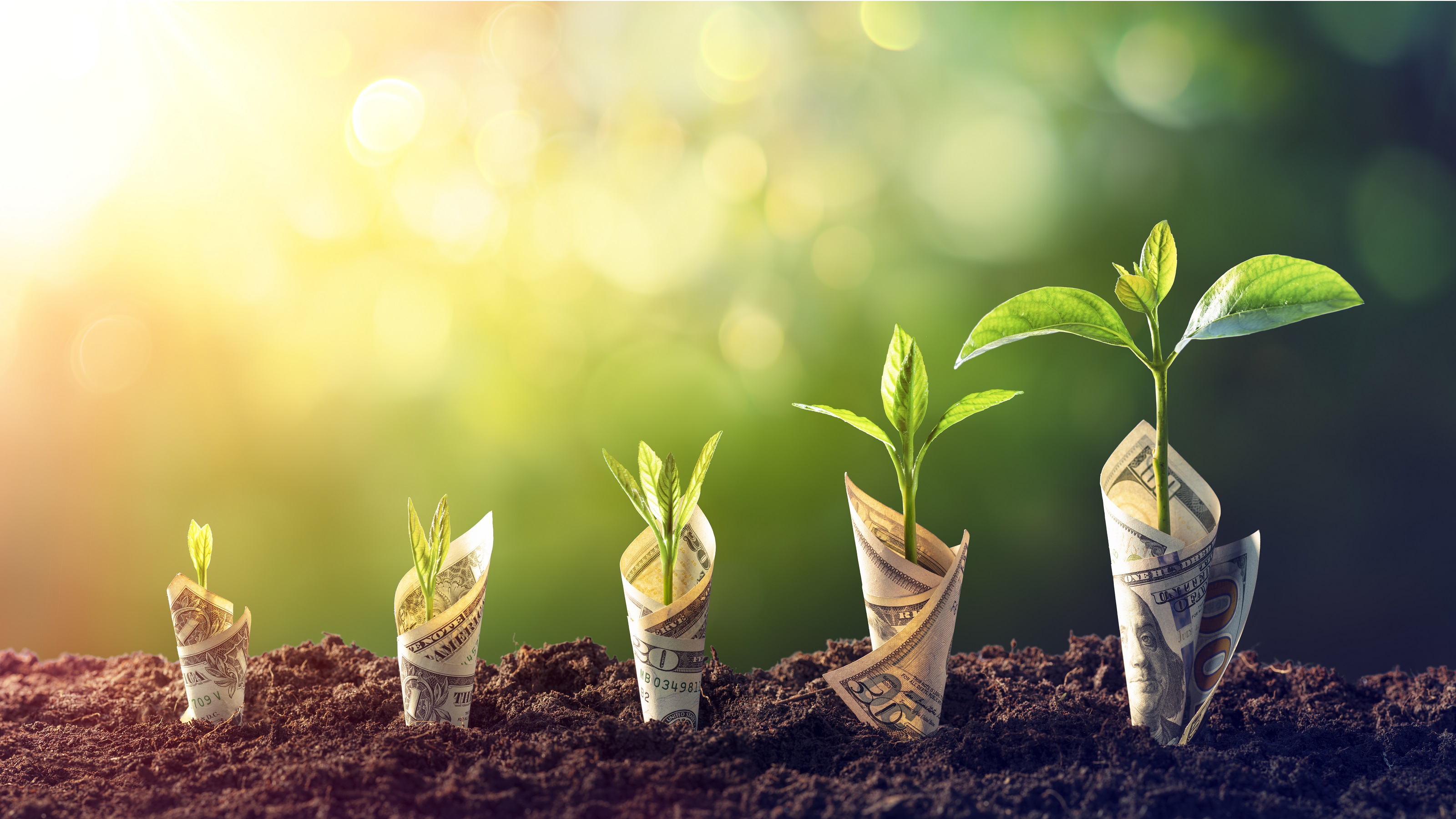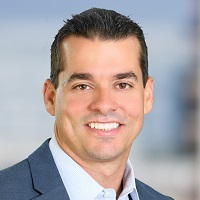Grow Your Investments Like Yale, Through a Self-Directed IRA
Yale's successful endowment focuses on alternatives. With a self-directed IRA, an individual investor could design a portfolio based on similar principles.


Endowment funds such as Yale University’s, which focuses on investment alternatives, have been great examples of multi-asset-class investing strategies over the last two decades. Case in point: Yale’s endowment experienced $759 million in investment gains for the year ending June 30, 2023, according to its 2022-2023 financial report.
In addition to diversification, alternatives also offer potential investment opportunities that often have a low correlation to volatility in traditional markets.
Yale’s fund has access to top-tier fund managers, but by adopting investment principles in relation to alternatives, individual investors can design their own portfolios so that they have the potential to achieve similar risk-adjusted returns. This strategy has paid off for the endowment, particularly when traditional equity and bond markets experience economic fluctuations.
From just $107.88 $24.99 for Kiplinger Personal Finance
Become a smarter, better informed investor. Subscribe from just $107.88 $24.99, plus get up to 4 Special Issues

Sign up for Kiplinger’s Free Newsletters
Profit and prosper with the best of expert advice on investing, taxes, retirement, personal finance and more - straight to your e-mail.
Profit and prosper with the best of expert advice - straight to your e-mail.
While one may invest in alternatives in many ways, an often-overlooked strategy is investing your tax-advantaged retirement savings. This can be done through an investment vehicle known as self-directed IRAs, or SDIRAs. These accounts aren’t distinct IRA types, but rather, “self-directed” refers to the account’s management style, in which investors or advisers take on management duties.
Traditional IRAs or Roth IRAs can be self-directed, but the main difference is that with SDIRAs, people can invest in alternative assets. Alternative assets may help reduce exposure to market volatility, as many have low correlations with public markets, and may be more suited for long-term strategies since many of these assets are less liquid.
Specifically, SDIRAs can hold alternative assets like private equity, hedge funds, commodities and marketplace loans, but real estate has historically been one of the most popular investments. Although there are restrictions on using a real estate property held in a SDIRA for personal use, you can invest in any type of property assets, including rental properties, land and commercial properties.
Access to alternative markets
Historically, many alternative assets required an accredited investor, an investor with a special status under financial regulation laws. However, we have seen many types of alternative investments that do not require an accredited investor. Today, many alternative investments are more broadly accessible. So, for example, if someone wants to put a $5,000 investment into alternatives, they have many options to choose from.
However, the opportunity for greater diversification comes with greater responsibility, as the investor does need to manage SDIRAs themselves. If managed prudently, this vehicle also offers the opportunity for greater returns, due to the wider variety of investment options, especially if you have expertise with a specific asset type.
Everyday investors frequently know the market better in the region in which they live, so whether it's real estate or an opportunity for a new restaurant, if they’re familiar with that particular space, they’re likely more comfortable allocating some of their retirement capital to that investment.
2024 outlook
Nearly half of all Americans are at risk of a financially insecure retirement, up from one-third in 1983, according to a 2024 Senate committee report. And, as BlackRock CEO Larry Fink emphasized in his 2024 letter to investors: Longer lifespans mean Americans need to save more money to live on throughout their sunset years. SDIRAs offer Americans a great opportunity to put their retirement savings to work beyond the standard target date funds that many 401(k)s favor.
It is critical, though, to consult a qualified financial adviser. SDIRAs offer the opportunity for individual investors to correlate their investments with their risk appetite. However, every investment has its complexities. For example, some alternative assets have low liquidity, meaning it can be difficult to access them or sell them quickly — if at all — without a loss in value.
Also, the IRS has strict rules about SDIRA-prohibited transactions, which are aimed at preventing direct personal benefits to the account holder or other disqualified people, such as family members. (For example, using an SDIRA to invest in a business that is owned by the investor’s spouse.) Prohibited transactions can result in tax penalties or losing the account’s tax-advantaged status altogether.
SDIRAs can open the door to a wide range of alternative assets with a return pattern that can potentially benefit the end investor. Ultimately, better access to these investments, which have proven successful for endowments like the Yale fund, gives investors another viable avenue to help grow their retirement savings and improve their overall financial wellness.
Related Content
- Can I Hire a Financial Adviser to Manage My 401(k)?
- How to Capitalize on Self-Directed Brokerage Accounts
- Do Alternative Investments Belong in Your Retirement Plan?
- How to Get into Alternative Investing
- Should You Use a Roth or Traditional IRA?
Profit and prosper with the best of Kiplinger's advice on investing, taxes, retirement, personal finance and much more. Delivered daily. Enter your email in the box and click Sign Me Up.

As head of self-directed accounts at Inspira Financial, a leading provider of health, wealth, retirement and benefits solutions, Jason leads strategic client relationships and helps expand Inspira's custody service solutions. With more than 8 million clients holding over $62 billion in assets under custody, Inspira works with thousands of employers, plan sponsors, recordkeepers, TPAs and other institutional partners — helping the people they care about plan, save and invest for a brighter future.
-
 How to Avoid the Financial Quicksand of Early Retirement Losses
How to Avoid the Financial Quicksand of Early Retirement LossesSequence of returns — experiencing losses early on — can quickly deplete your savings, highlighting the need for strategies that prioritize income stability.
-
 How an Elder Law Attorney Can Help Protect Your Aging Parents
How an Elder Law Attorney Can Help Protect Your Aging ParentsIf you are worried about older family members or friends whose financial judgment is raising red flags, help is out there — from an elder law attorney.
-
 Q4 Post-Mortem From an Investment Adviser: Year of Resilience
Q4 Post-Mortem From an Investment Adviser: Year of ResilienceFinancial pro Prem Patel shares his take on how markets performed in the fourth quarter of 2025, with an eye toward what investors should keep in mind for 2026.
-
 This Is How Early Retirement Losses Can Dump You Into Financial Quicksand (Plus, Tips to Stay on Solid Ground)
This Is How Early Retirement Losses Can Dump You Into Financial Quicksand (Plus, Tips to Stay on Solid Ground)Sequence of returns — experiencing losses early on — can quickly deplete your savings, highlighting the need for strategies that prioritize income stability.
-
 How an Elder Law Attorney Can Help Protect Your Aging Parents From Financial Mistakes
How an Elder Law Attorney Can Help Protect Your Aging Parents From Financial MistakesIf you are worried about older family members or friends whose financial judgment is raising red flags, help is out there — from an elder law attorney.
-
 Q4 2025 Post-Mortem From an Investment Adviser: A Year of Resilience as Gold Shines and the U.S. Dollar Dives
Q4 2025 Post-Mortem From an Investment Adviser: A Year of Resilience as Gold Shines and the U.S. Dollar DivesFinancial pro Prem Patel shares his take on how markets performed in the fourth quarter of 2025, with an eye toward what investors should keep in mind for 2026.
-
 'Donroe Doctrine' Pumps Dow 594 Points: Stock Market Today
'Donroe Doctrine' Pumps Dow 594 Points: Stock Market TodayThe S&P 500 rallied but failed to turn the "Santa Claus Rally" indicator positive for 2026.
-
 Is Your Emergency Fund Running Low? Here's How to Bulk It Back Up
Is Your Emergency Fund Running Low? Here's How to Bulk It Back UpIf you're struggling right now, you're not alone. Here's how you can identify financial issues, implement a budget and prioritize rebuilding your emergency fund.
-
 An Expert Guide to How All-Assets Planning Offers a Better Retirement
An Expert Guide to How All-Assets Planning Offers a Better RetirementAn "all-asset" strategy would integrate housing wealth and annuities with traditional investments to generate more income and liquid savings for retirees.
-
 Forget FIRE: Why ‘FILE’ Is the Smarter Move for Child-Free DINKs
Forget FIRE: Why ‘FILE’ Is the Smarter Move for Child-Free DINKsHow shifting from "Retiring Early" to "Living Early" allows child-free adults to enjoy their wealth while they’re still young enough to use it.
-
 7 Tax Blunders to Avoid in Your First Year of Retirement, From a Seasoned Financial Planner
7 Tax Blunders to Avoid in Your First Year of Retirement, From a Seasoned Financial PlannerA business-as-usual approach to taxes in the first year of retirement can lead to silly trip-ups that erode your nest egg. Here are seven common goofs to avoid.